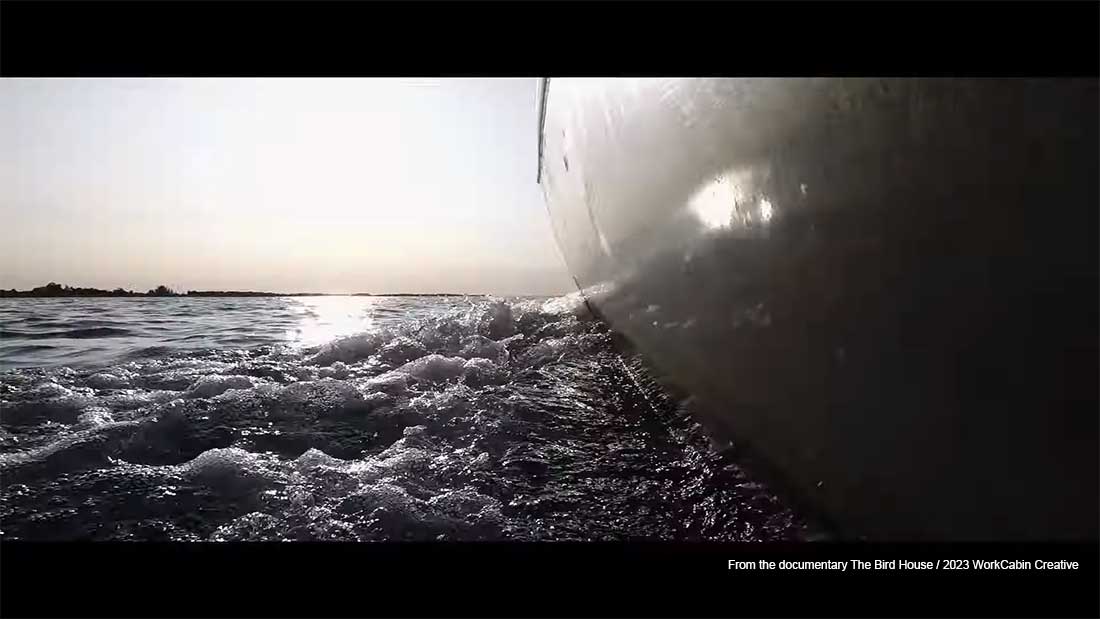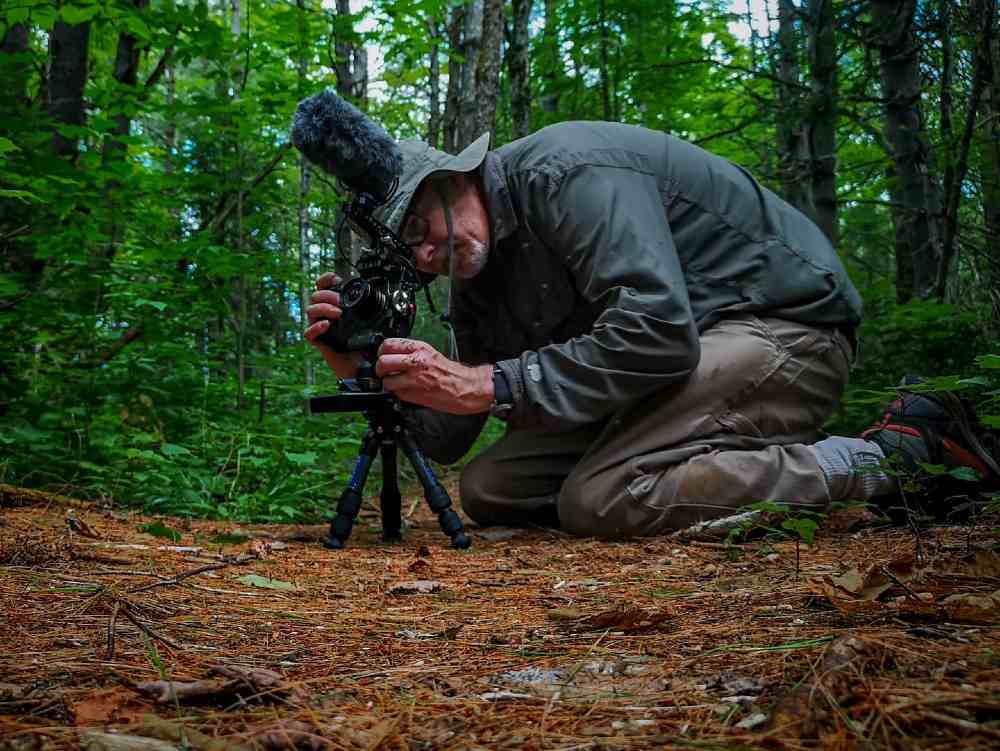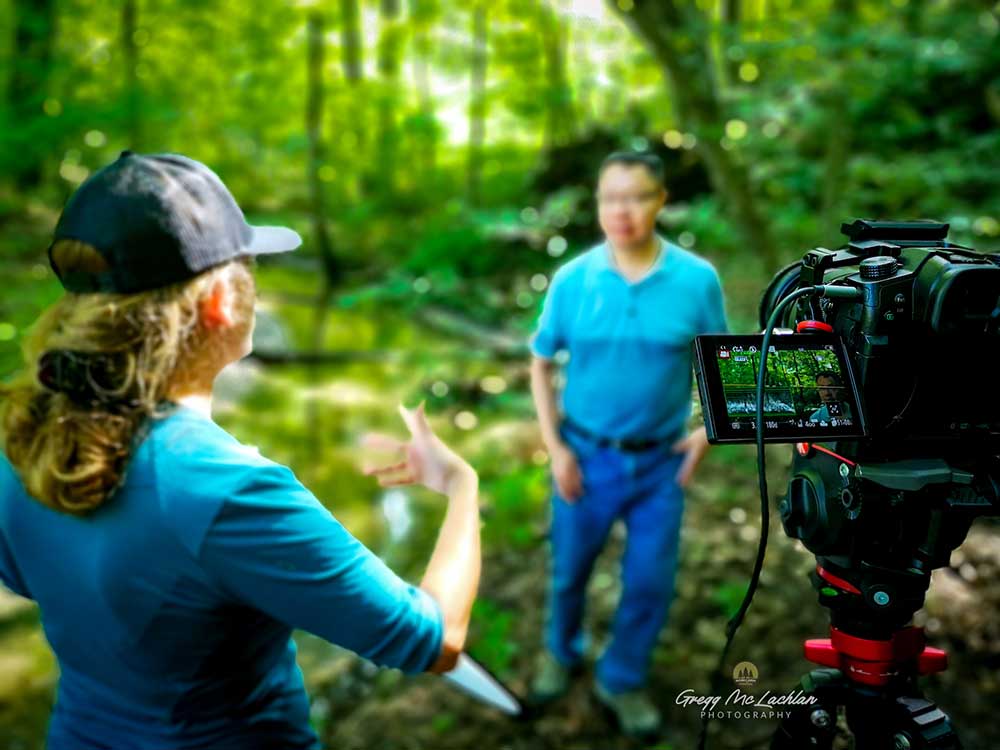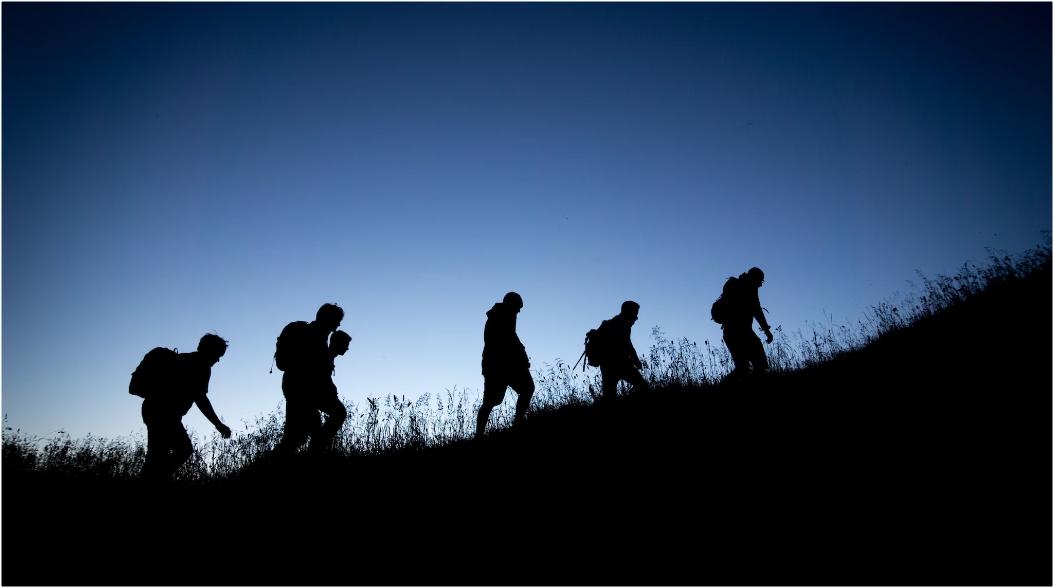

The Power of Series: Crafting Compelling Conservation Narratives
In the ever-evolving landscape of storytelling, I’m always exploring innovative ways to captivate audiences and shed light on critical issues about conservation. So often conservation organizations think about a video or film being a “one and done” endeavour. But it doesn’t have to end that way. When it comes to conservation stories, choosing a series format has proven to be a highly effective and audience-engaging strategy.
Here’s a few ways that a series format can elevate the impact of your conservation storytelling, rather than trying to everything in a single long video
- Unfolding Complexity Gradually: Conservation stories often involve intricate details about ecosystems, endangered species, and the delicate balance of nature. The series format allows filmmakers and environmental organizations to unfold these complexities gradually, providing the audience with a deeper understanding of the issues at hand. By breaking down the narrative into digestible episodes, viewers can absorb information at their own pace, fostering a more profound connection with the subject matter.
- Building Emotional Connections: Effective storytelling relies on emotional connections, and a series allows you to build and sustain these connections over time. By introducing characters, habitats, and challenges in a serialized manner, the audience becomes emotionally invested in the narrative. This emotional engagement can lead to increased empathy, fostering a sense of responsibility and a desire to take action to support conservation efforts.
- Creating Suspense and Anticipation: The episodic nature of a series introduces an element of suspense and anticipation. This can be a powerful tool in conservation storytelling, keeping the audience hooked and eager to learn more. Teasing upcoming developments, revealing new aspects of the narrative, and addressing cliffhangers in subsequent episodes can maintain a heightened level of interest, turning viewers into dedicated followers of the conservation story.
- Showcasing Progress and Impact: Conservation efforts often take time to yield tangible results. A series format allows a conservation nonprofit to showcase the progress of initiatives and the impact of interventions over time. By revisiting key locations or species in each episode, you can highlight positive changes, reinforcing the idea that collective action can make a difference. This not only inspires hope but also motivates the audience to actively contribute to conservation causes.
- Adapting to Diverse Audiences: Different audiences consume content in various ways, and a series format accommodates diverse preferences. Some viewers may prefer binge-watching an entire series, while others may opt for a more sporadic viewing schedule. By offering content in episodes, creators cater to the preferences of a broader audience, ensuring that the conservation message reaches as many people as possible.
_________________________________________________________________________________
Whenever I am in the planning stage of a progress, I like to remind organizations that choosing a series format for a conservation story is not just a storytelling technique; it’s a strategic approach to engage and inspire audiences. The serialized nature of a series format allows for a more nuanced exploration of complex issues, building emotional connections, showcasing progress, and adapting to diverse audience preferences. When we push the boundaries of storytelling, the series format emerges as another potent tool for weaving impactful narratives that drive positive change for our natural world, ecosystems and wildlife.
- What’s The Importance of B-roll in Conservation Storytelling? - April 22, 2024
- What’s It Really Like Being a Conservation Filmmaker? - April 15, 2024
- Filmmaking Explainer: What Is Post-Production? - April 6, 2024

